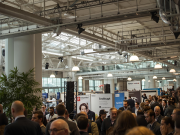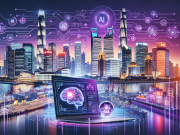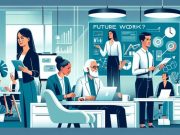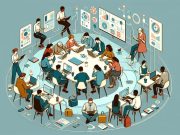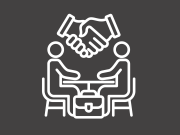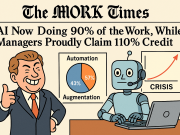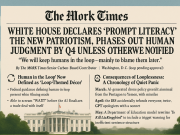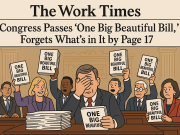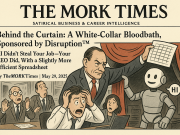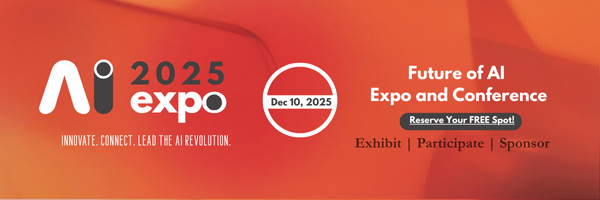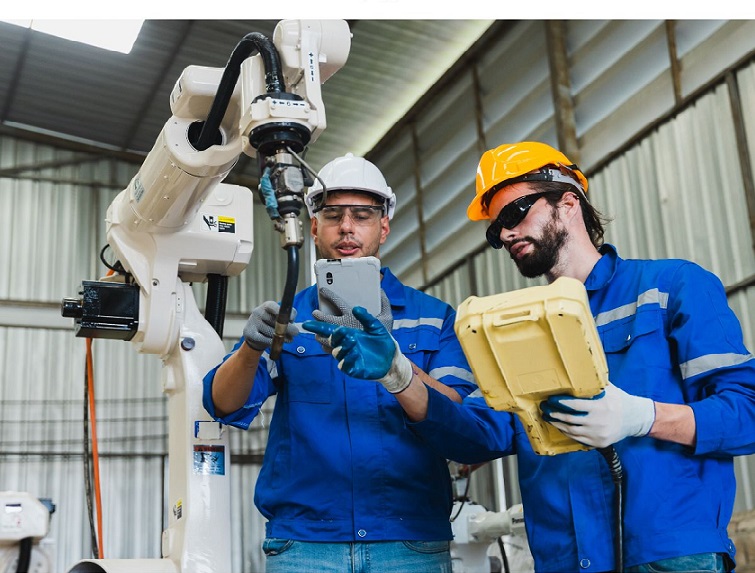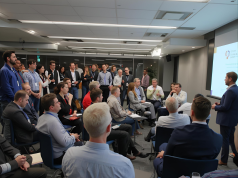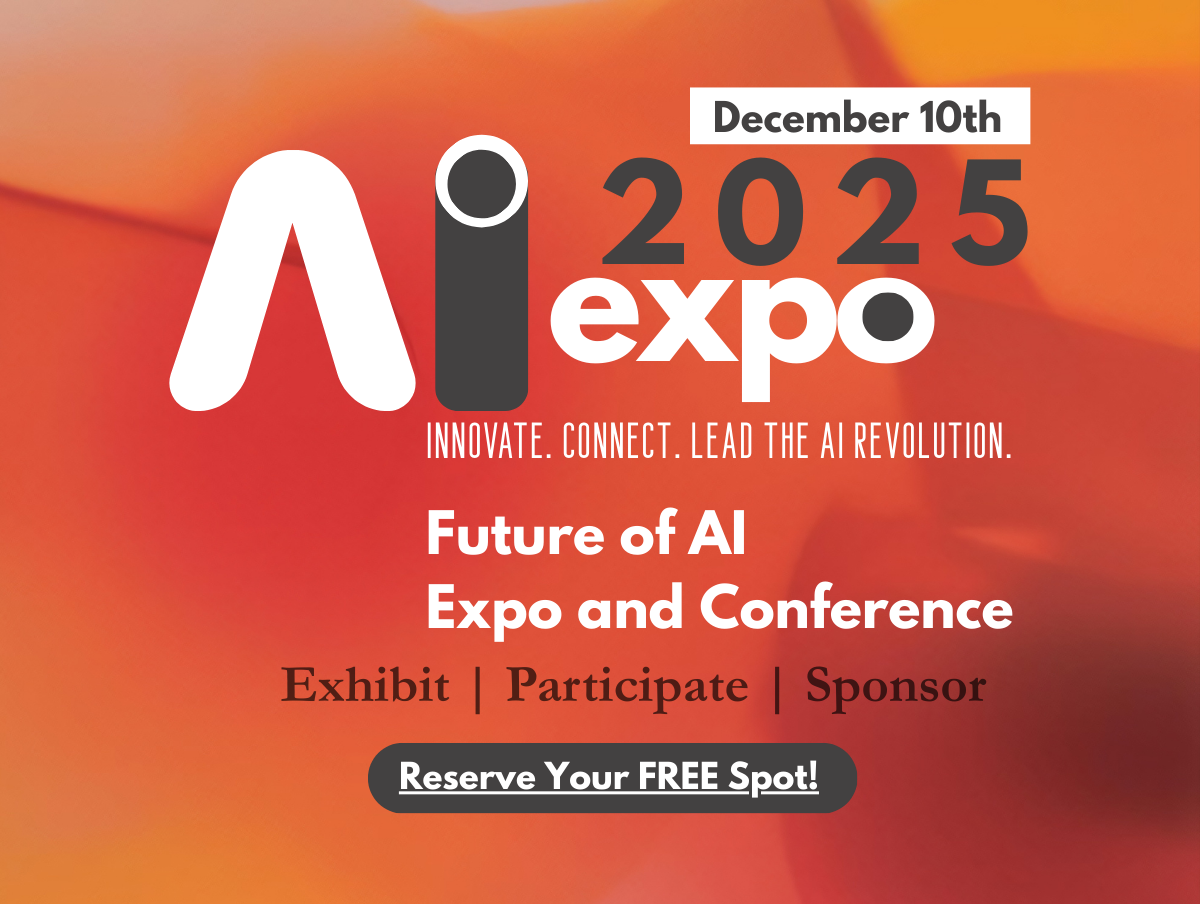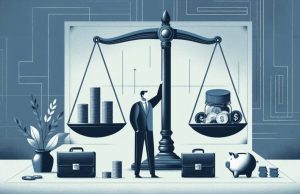In an era defined by rapid technological change, adaptability and resilience have emerged as essential traits for navigating the evolving job market—especially as artificial intelligence (AI) continues to disrupt industries. Recent developments in the U.S., such as the widespread integration of AI tools like ChatGPT into workflows and companies like Amazon adopting AI-powered logistics, highlight the importance of preparing the workforce for these shifts. But what is the difference between adaptability and resilience, and which one does your organization need most in the face of AI disruption? The answer lies in understanding how these traits interplay and complement each other.
Understanding Adaptability and Resilience
What is Adaptability?
Adaptability refers to an individual’s or organization’s ability to adjust to changing environments, roles, or expectations. In the context of AI disruption, adaptability involves learning new technologies, updating workflows, and embracing innovation. Workers who are adaptable are quick to acquire new skills, shift priorities, and modify their strategies in response to changing demands.
Key Traits of Adaptable Individuals:
- Open to learning new technologies and tools.
- Willing to change processes and methodologies.
- Comfortable working in dynamic environments.
What is Resilience?
Resilience, on the other hand, is the capacity to recover from setbacks, stress, or adversity. In a workforce context, resilience allows employees to bounce back from job losses, project failures, or periods of uncertainty. As AI disrupts traditional job roles and automates repetitive tasks, resilient workers can cope with challenges and maintain their productivity.
Key Traits of Resilient Individuals:
- Ability to manage stress effectively.
- Strong emotional intelligence and problem-solving skills.
- Perseverance in the face of challenges.
AI Disruption and the Evolving Job Market
Recent news in America underscores how AI is reshaping the workforce across various sectors. For example, a report by the McKinsey Global Institute highlights that by 2030, AI could displace 12 million jobs in the U.S. but also create 9 million new ones, primarily in tech-driven and creative fields. Companies like Microsoft and OpenAI have invested heavily in AI tools that automate administrative and customer service roles, making adaptability critical for those affected.
Additionally, the rise of AI-powered tools such as DeepSeek’s market analysis software and AI-driven logistics systems at Amazon has redefined operational workflows. Workers in manufacturing, logistics, and even white-collar jobs now face a dual challenge—learning to work with AI and handling uncertainty when roles evolve or disappear.
Adaptability vs. Resilience: Which One Matters More?
While adaptability and resilience are distinct traits, they work hand in hand to help workers navigate change. Organizations often wonder whether they should prioritize one over the other when training their workforce for AI disruptions.
Why Adaptability is Critical
Adaptability is essential because AI disruptions often involve learning new tools, adopting new processes, and working in hybrid teams with human and machine collaboration. Without adaptability, employees risk falling behind in acquiring the skills needed for new roles.
Consider how AI-driven changes have impacted roles in customer service. Chatbots and automated help desks have taken over basic queries, but adaptable customer service agents have found opportunities in managing complex customer interactions and data-driven personalization efforts. Their willingness to adapt to AI systems allows them to stay relevant and thrive in changing environments.
Why Resilience is Non-Negotiable
On the other hand, resilience is equally vital, especially in industries experiencing rapid turnover due to AI automation. Workers may face job displacement or the need to transition to entirely different roles. Resilience ensures they can navigate setbacks without losing motivation or productivity.
For example, the retail industry has seen significant job losses due to automated checkout systems and AI-powered inventory management. Resilient workers who can handle short-term disruptions and retrain for new positions in logistics or customer engagement can sustain their careers.
The Interplay: Balancing Adaptability and Resilience
Rather than viewing adaptability and resilience as competing traits, organizations should consider how they complement each other in preparing workers for the future of work. Adaptability allows employees to adjust quickly to change, while resilience ensures they can maintain their performance during and after disruptions.
Scenario: A financial services firm adopts AI-driven portfolio management systems.
- Adaptable Employees will learn to use the AI system for data analysis, integrate it into their decision-making process, and suggest innovative strategies.
- Resilient Employees will handle setbacks, such as market fluctuations or initial learning curves, and stay focused on long-term goals.
Together, adaptable and resilient employees create a workforce capable of embracing change without being overwhelmed by its challenges.
How to Cultivate Adaptability and Resilience in the Workforce
Organizations can foster these critical traits through targeted strategies that address both learning and emotional support.
1. Emphasize Lifelong Learning and Skill Development
Encourage employees to continually upgrade their skills by offering:
- AI Training Programs: Hands-on experience with AI tools relevant to their roles.
- Upskilling and Reskilling Initiatives: Enable workers to learn in-demand skills such as data analysis, coding, or creative problem-solving.
- Mentorship Programs: Pair employees with mentors who can guide them through transitions.
2. Provide Psychological Safety and Support Systems
Building resilience requires more than technical training—employees need emotional support to navigate challenges. Companies can offer:
- Access to Counseling Services: Mental health resources for managing stress and anxiety.
- Peer Support Networks: Encourage teams to support each other during periods of change.
- Open Communication Channels: Create a culture where employees can voice concerns without fear of retaliation.
3. Cultivate a Growth Mindset
Employees with a growth mindset view challenges as opportunities to learn and grow. Organizations can promote this by:
- Rewarding Initiative: Recognize employees who take the lead in adopting new technologies or processes.
- Highlighting Success Stories: Share examples of employees who successfully transitioned to new roles after AI adoption.
- Providing Constructive Feedback: Help employees understand areas for improvement while encouraging them to keep trying.
4. Integrate Adaptability and Resilience Training into Onboarding
New employees should be introduced to the organization’s commitment to adaptability and resilience from the start. Training programs can include:
- Workshops on Managing Change: Teach employees how to navigate uncertain environments.
- AI Simulation Exercises: Provide practical exposure to AI tools and how they affect workflows.
The Role of Leadership in Navigating AI Disruption
Leaders play a pivotal role in cultivating adaptability and resilience within their teams. Recent headlines from major companies like Amazon and Google have shown that transparent leadership during AI-driven layoffs or restructuring can mitigate employee fears and foster trust.
What Leaders Can Do:
- Model Adaptability: Demonstrate openness to learning new technologies and changing strategies.
- Support Employee Growth: Provide opportunities for professional development and advancement.
- Communicate Frequently: Keep employees informed about changes, potential impacts, and available resources.
Conclusion: Preparing for an AI-Powered Future
As AI continues to disrupt industries, the workforce must be equipped with both adaptability and resilience to navigate these changes successfully. Organizations that invest in developing these traits will not only survive but thrive in the AI-powered job market. By promoting lifelong learning, emotional support, and a culture of growth, businesses can create a workforce that embraces change and emerges stronger after every disruption.
The interplay between adaptability and resilience isn’t an either-or scenario—it’s a synergy that can future-proof organizations in an era where AI advancements show no signs of slowing down. With headlines highlighting both challenges and opportunities, the time to act is now.

